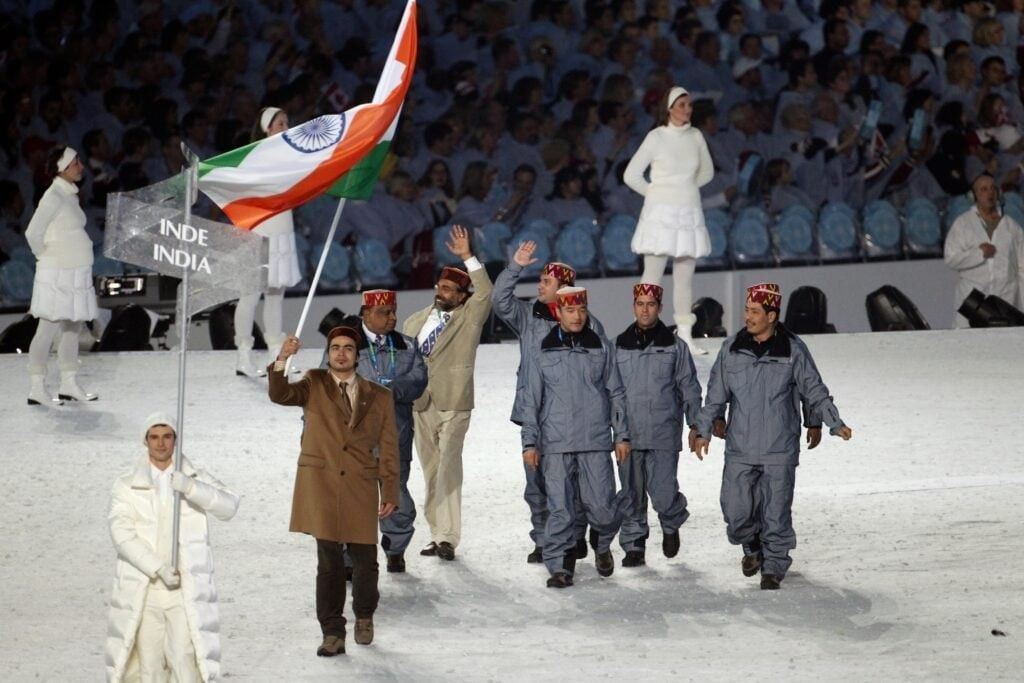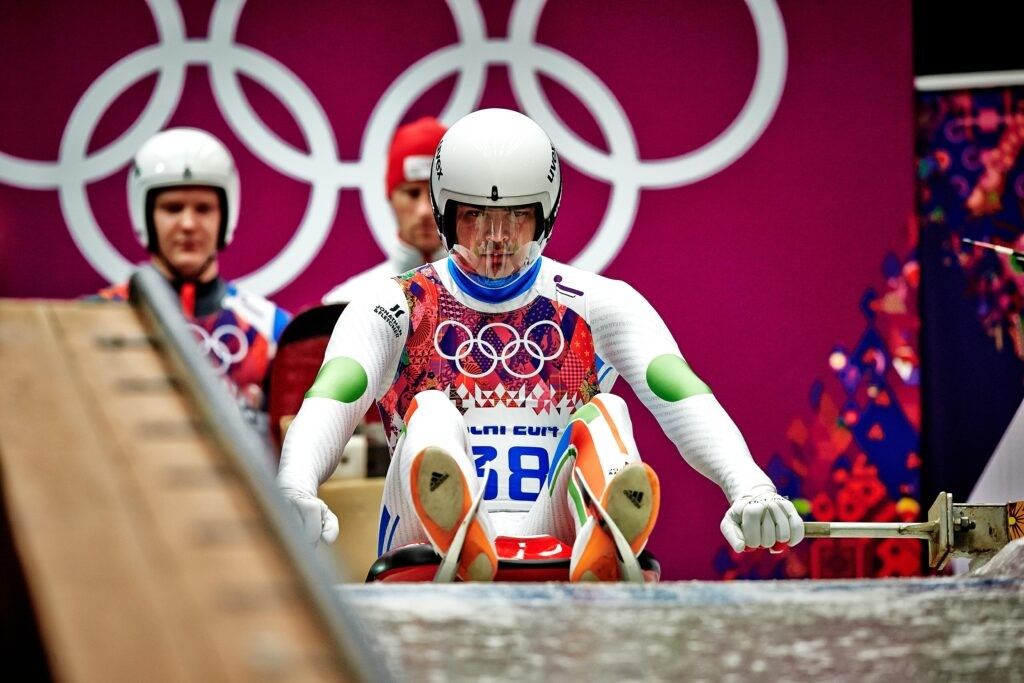HURTLING down an ice track at 149.9kmph, watched by thousands of spectators – millions on television – I made my Olympic debut at Nagano in 1998.
As a nervous 16-year-old, the youngest male luger ever to qualify for the Olympics, I was also the only Indian at the XVIII Olympic Winter Games.
I went on to represent India at six consecutive games until PyeongChang 2018, often as the lone athlete flying our tricolour. For a nation of more than one billion people, there have never been more than four athletes competing at the Winter Games; but now I hope to do everything possible to change that.
So, despite the temptation to compete a seventh time at Beijing 2022, I recognised I had done my bit as an athlete and it was time to lead the development of luge, as well as other winter sports, in India.
Times have changed since Nagano 1998, and winter sports have gained ground in Asia and other nontraditional regions. India, with its expansive, untapped mountainous region, stands at the cusp of a winter sports revolution.
Over the past 100 years – since the first ever Olympic Winter Games of Chamonix 1924 – winter sports have transformed regions worldwide. The Alps in Europe, parts of North America, and a few winter hotspots in east Asia have been lucky to host the Winter Games and consequently develop a winter sports culture and infrastructure.
While this has led to a thriving, billion-dollar industry, the exclusivity has somewhat hindered the full global potential of winter sports. It is unsustainable and unfeasible for athletes from south Asia, for example, to fly to Austria and Switzerland to compete on seasonal circuits.

They need homegrown infrastructure and regional circuits. PyeongChang 2018, Beijing 2022 and Gangwon 2024 have all been instrumental in bringing winter sports to Asia in this sense, creating legacies for the future.
Harbin, host of the 2025 Asian Winter Games, is being touted as this year’s “hottest” winter destination, despite its -30°C temperatures.
When people think of India, they probably imagine a tropical country, overlooking its 3,300-km majestic mountain belt with 50 million residents. The region is snow-rich, boasting thousands of hectares of snowcovered wonders in winter. It is home to the snow leopard and even the mythical yeti. So, the natural resources already exist for flourishing winter sports. The question is: what next?
We cannot discuss the future of winter sports without addressing the looming challenge of climate change. I have witnessed the real, noticeable impacts in my home region. The winter season is shorter than before, and the unpredictable snowfall threatens the traditional winter sports concept.
However, rather than succumb to these challenges, we must adapt and innovate. Hindsight, sustainable technologies and new approaches can ensure we continue to enjoy the beauty of winter sports while safeguarding the environment. Disciplines like ski mountaineering and natural track luge can reduce investment costs, minimising our footprint. It would be naïve not to learn from the experience of the west, which has evolved through a century of trial and error, without a fraction of the solutions available today.
This reflects the International Olympic Committee’s (IOC) forward-looking approach, as outlined in Olympic Agenda 2020+5, for the future of winter sports and the Winter Games. The emphasis is on reducing their footprint and creating lasting benefits for the hosts.
Proposed snow competition venues should be climatereliable, and the organisers must commit to tackling climate change, as well as protecting biodiversity and managing finite resources.
Where new infrastructure is built, it must meet longterm local needs, embracing the highest sustainability standards.
As an athlete born and raised in the Himalayas, my life has been intrinsically tied to winter sports. A striking difference between me and my contemporaries growing up in traditional winter sports bastions is that I had to walk up each slope that I intended to ski and compete on home-made wooden skis and sledges with steel recycled from old saws.
It was only when I got invited to the International Luge Federation’s talent scouting programme that my life changed, with a formal initiation into artificial track luge. Soon after, I was selected for the IOC’s ‘Olympic solidarity’ programme, and received the much-needed funding that launched my career. Without these two crucial factors, I could not have charted the path I did.
Thanks to these farsighted programmes of the ‘Olympic movement’, I could scale these heights, and now I want to ensure that future Indian athletes have more such opportunities. I see winter sports as a vehicle for social mobility and sustainable development.

As we envision the future of the Winter Olympics, it’s crucial to foster Olympians from non-traditional winter sports countries.
I was delighted to see youngsters from countries like Thailand and Tunisia winning medals at the Winter YOG Gangwon 2024, benefiting from the PyeongChang 2018 legacy. This gives me great hope for the future.
Winter sports have the power to inspire, transform and connect us with the natural world, so let’s ensure this legacy continues.
(The author is a six-time Olympian and the first Indian representative to compete in luge at the Winter Olympic Games)

